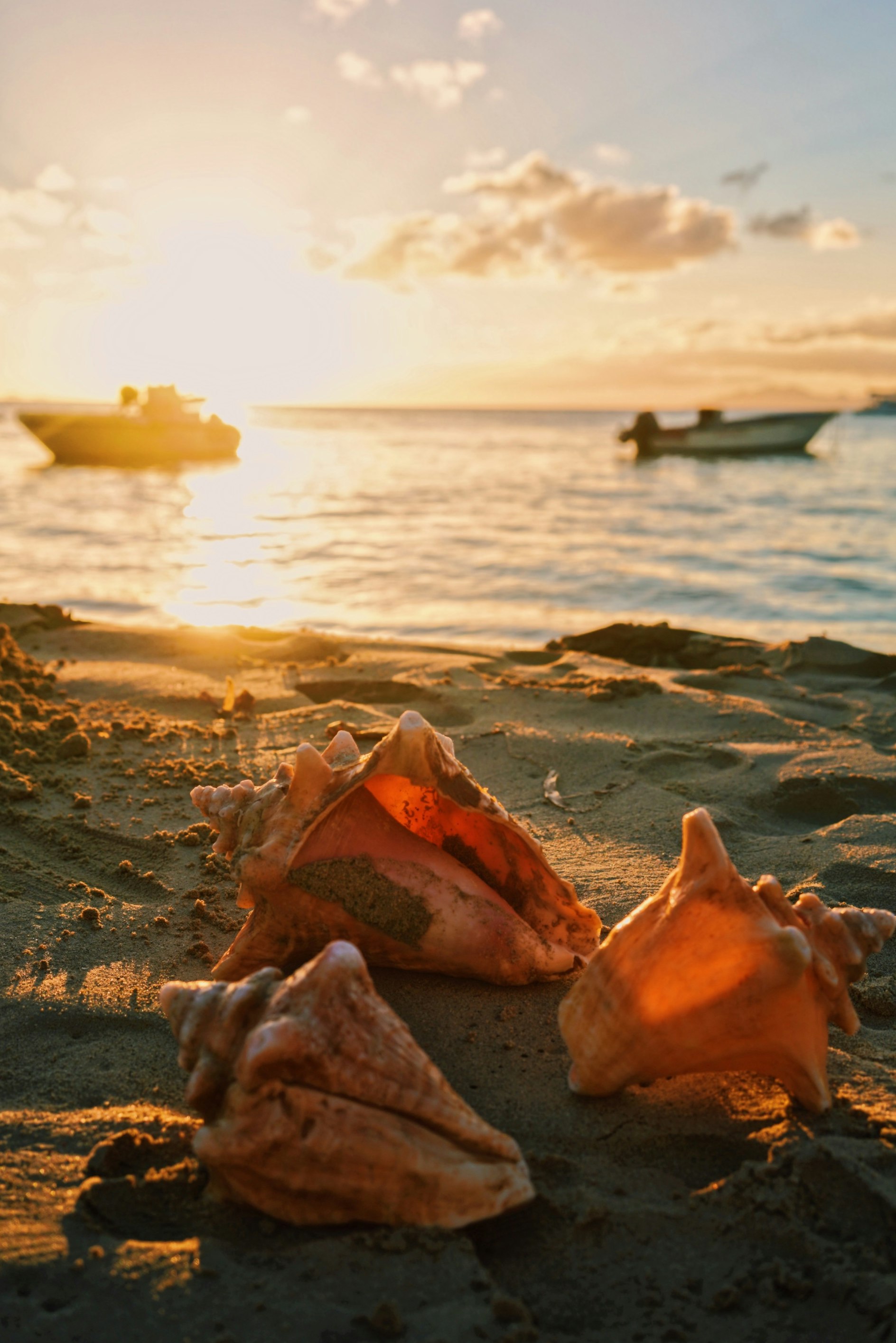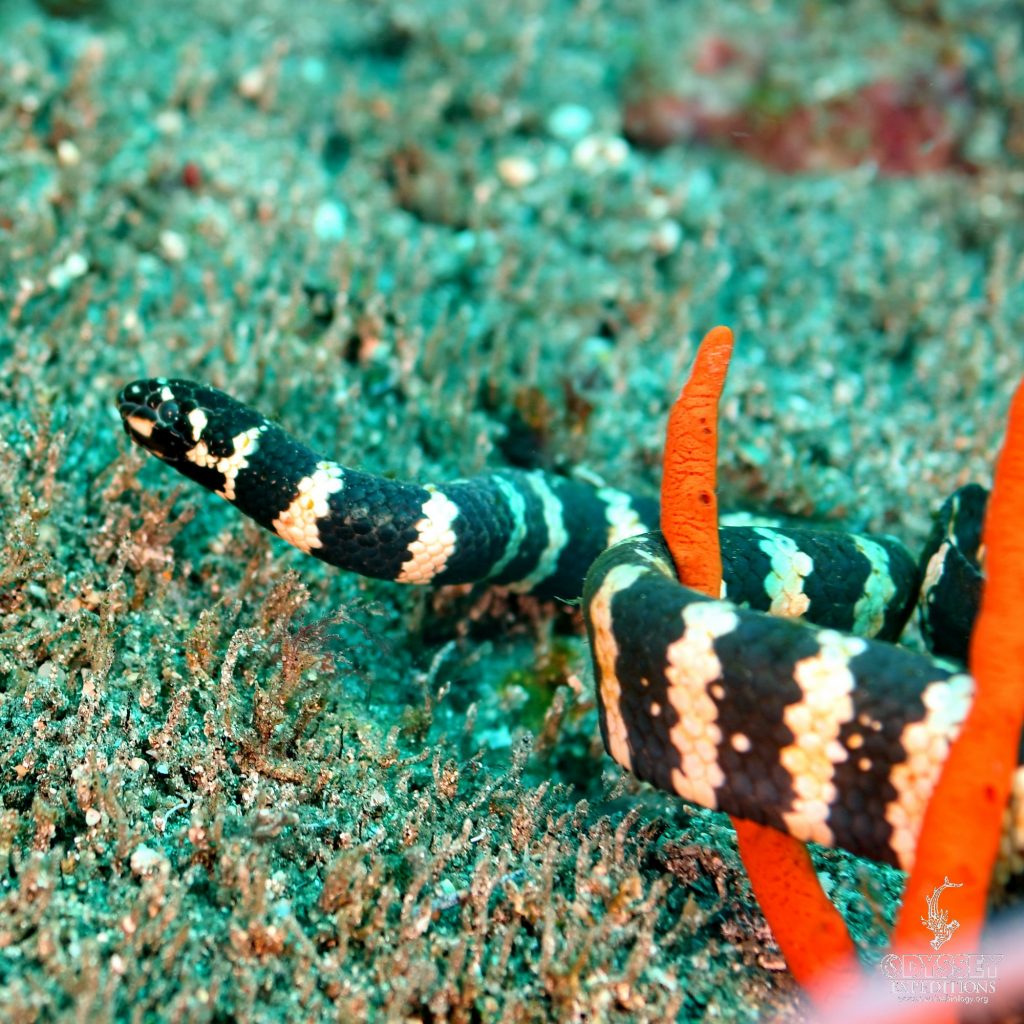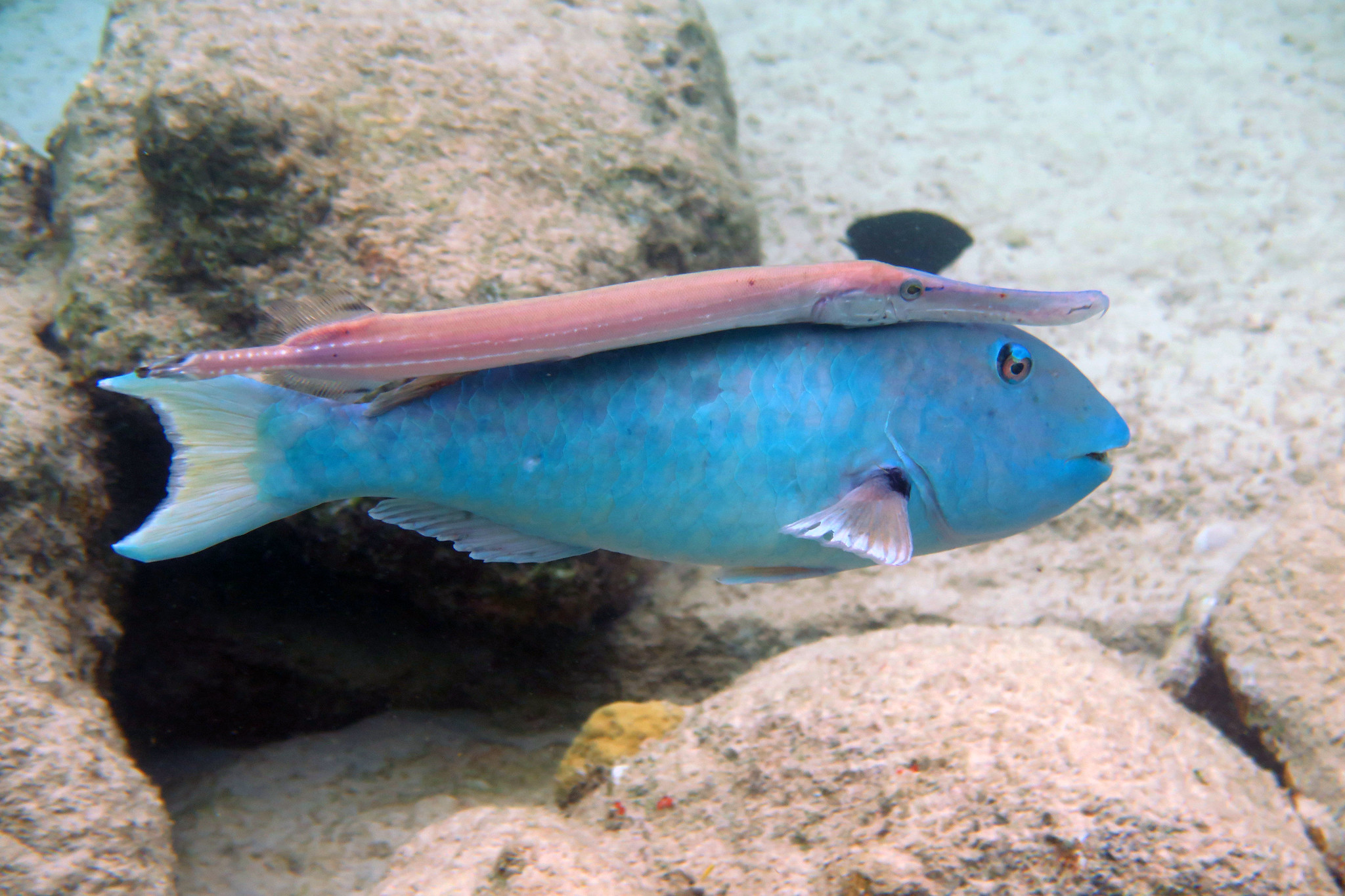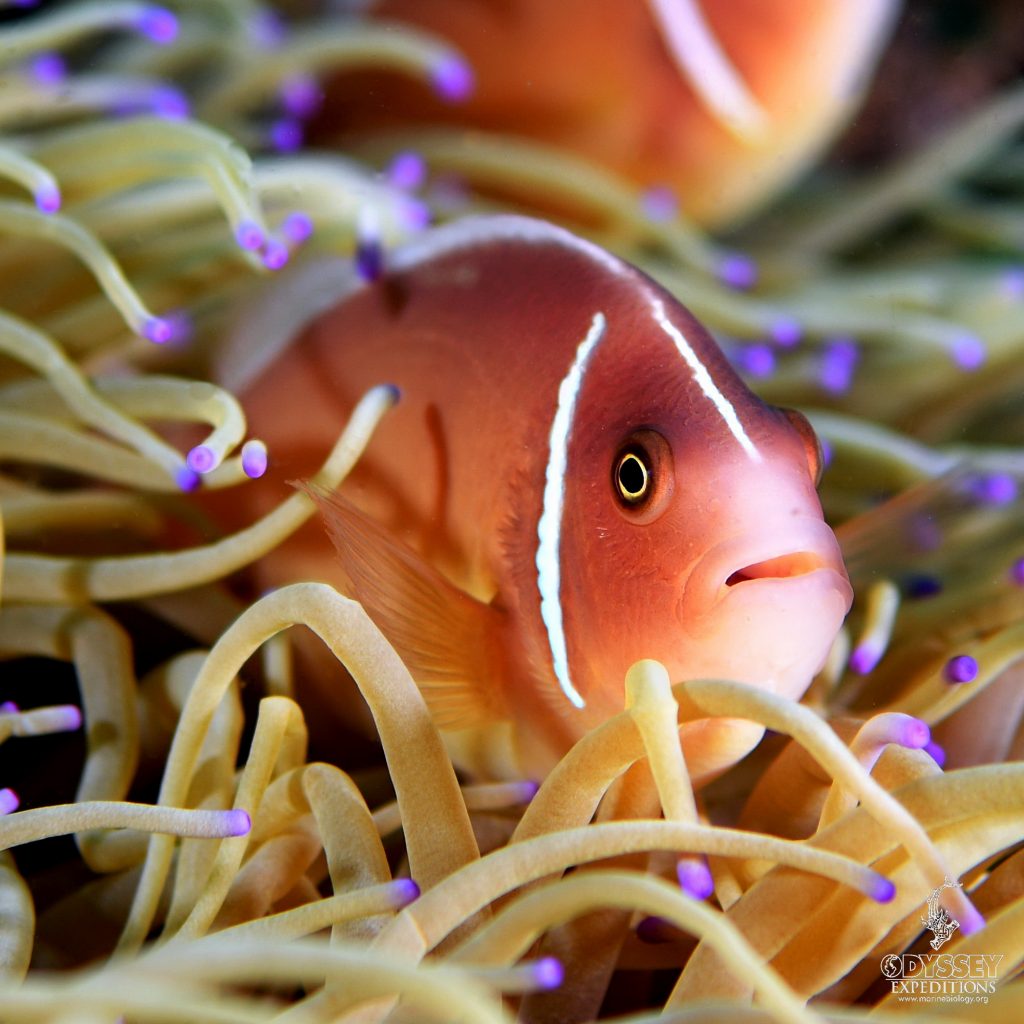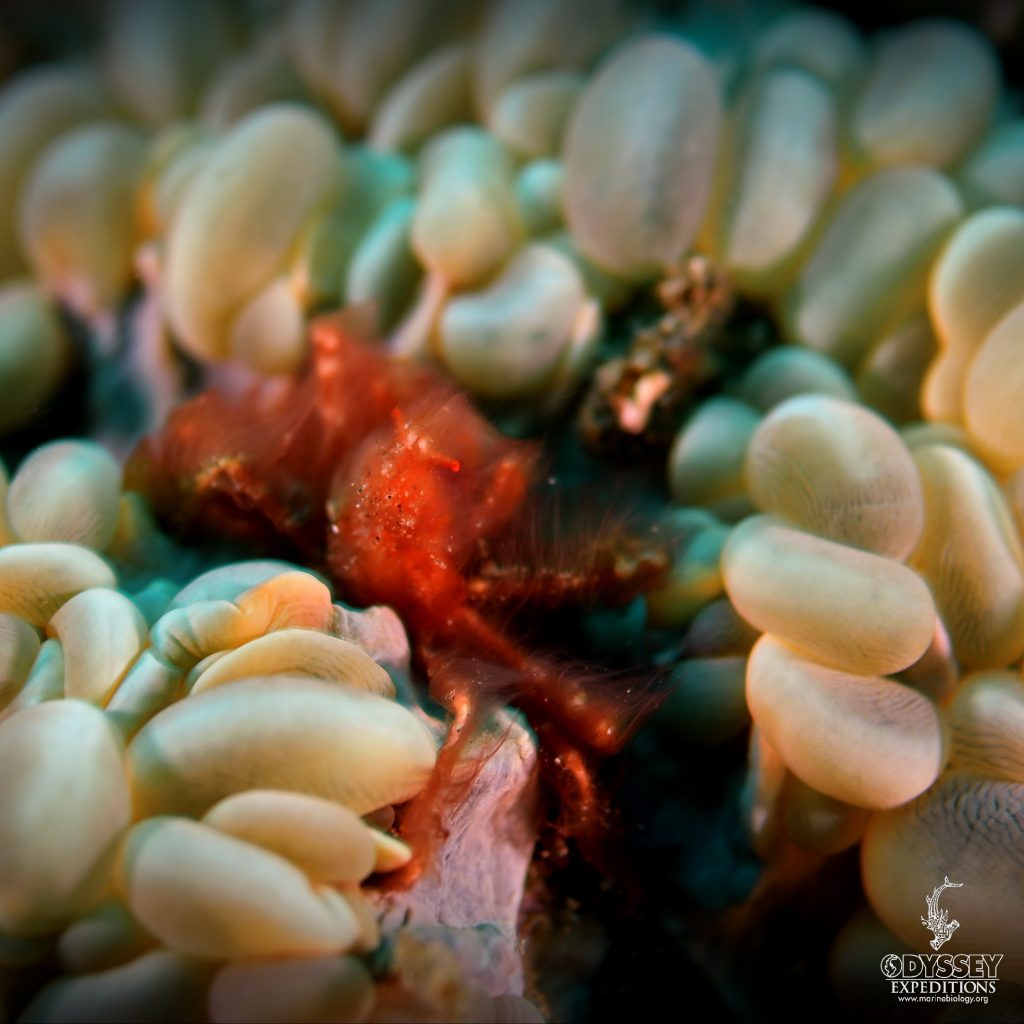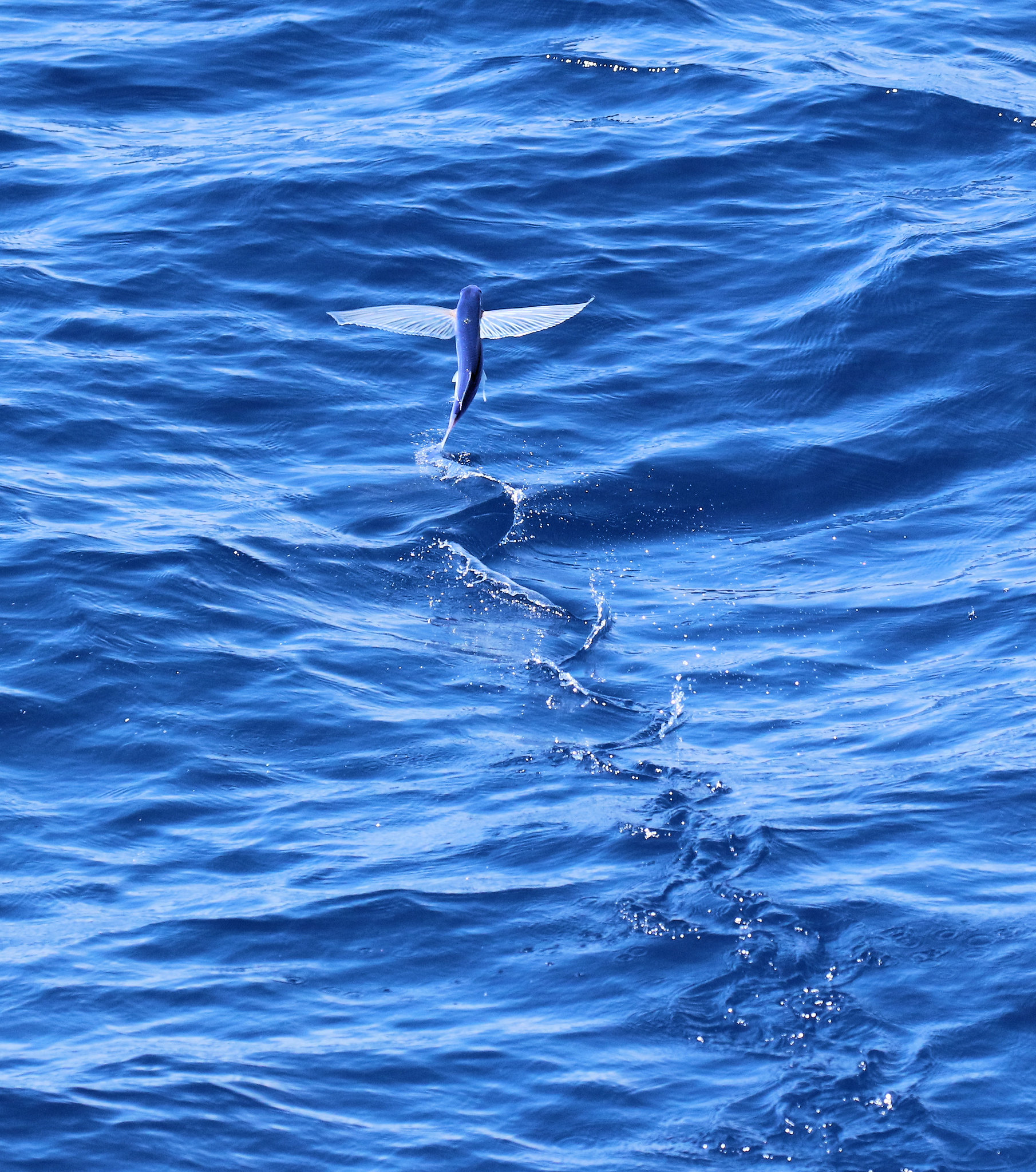
Flying Fish Fact:
Flying fish can reach the height of four feet in the air, and glide distance of 655 ft before returning to the water.
The Exocoetidae are a family of marine fish in the order Beloniformes class Actinopterygii, known colloquially as flying fish. About 64 species. While they cannot fly in the same way as a bird does, flying fish can make powerful, self-propelled leaps out of water where their long wing-like fins enable gliding for considerable distances above the water’s surface. This uncommon ability is a natural defense mechanism to evade predators. The ‘Exocet’ missile is named after them, as variants are launched from underwater, and take a low trajectory, skimming the surface, before striking their prey.
Etymology
The term Exocoetidae is both the scientific name and the general name in Latin for a flying fish. The suffix -idae, common for indicating a family, follows the root of the Latin word exocoetus, a transliteration of the Ancient Greek name ἐξώκοιτος. This means literally “sleeping outside”, from ἔξω “outside” and κοῖτος “bed”, “resting place”, verb root κει- “to lie down” (not “untruth”), so named as flying fish were believed to leave the water to sleep ashore, or due to flying fish flying and thus stranding themselves in boats.

